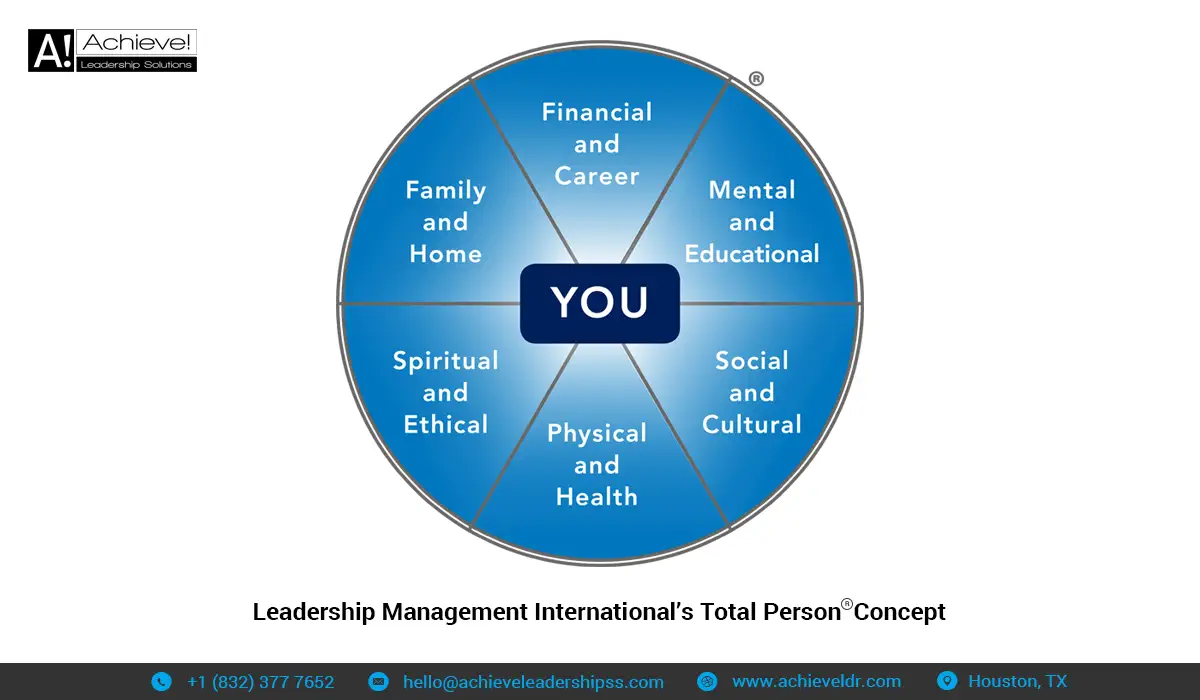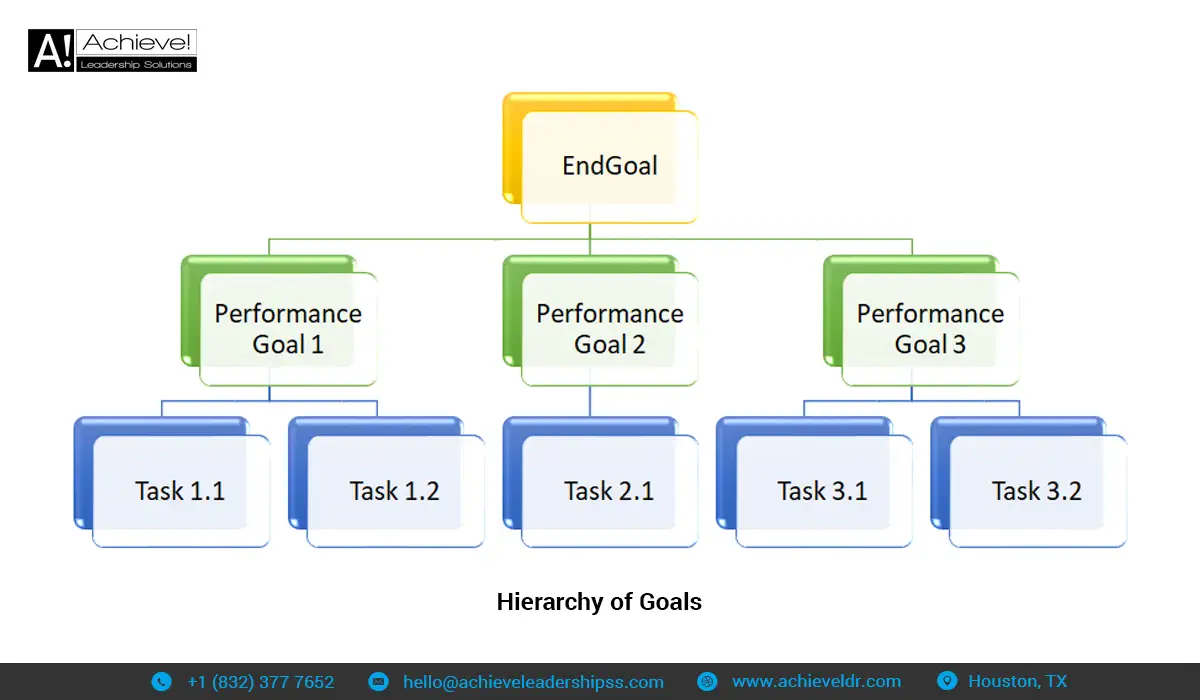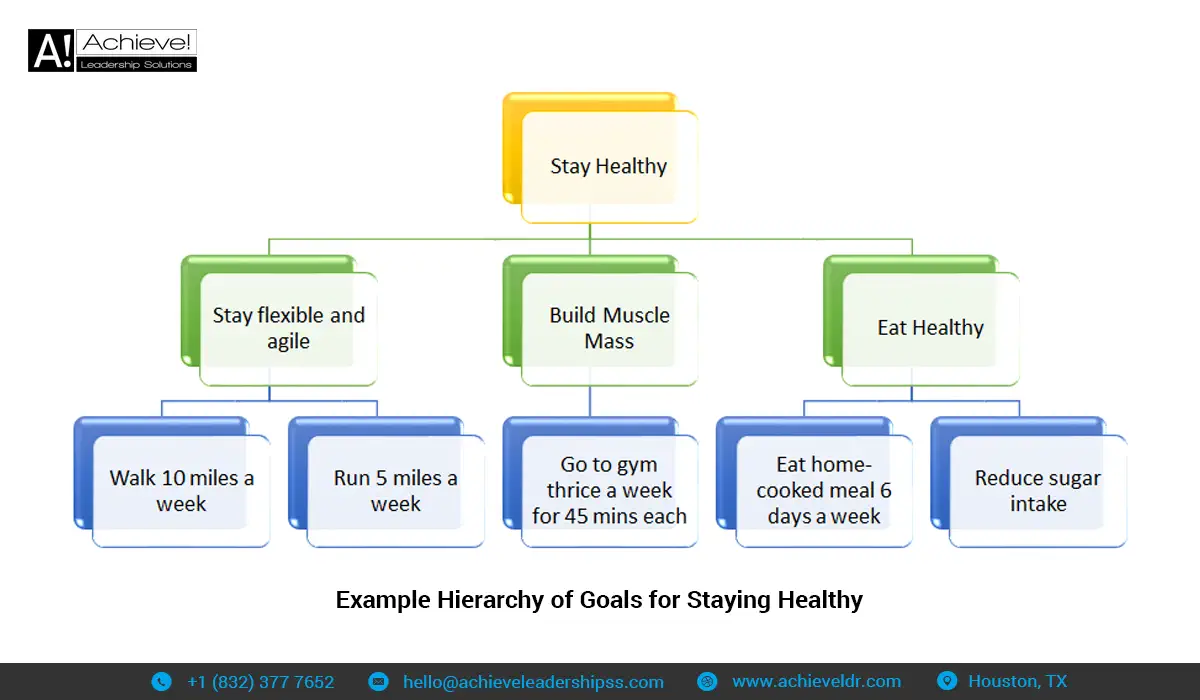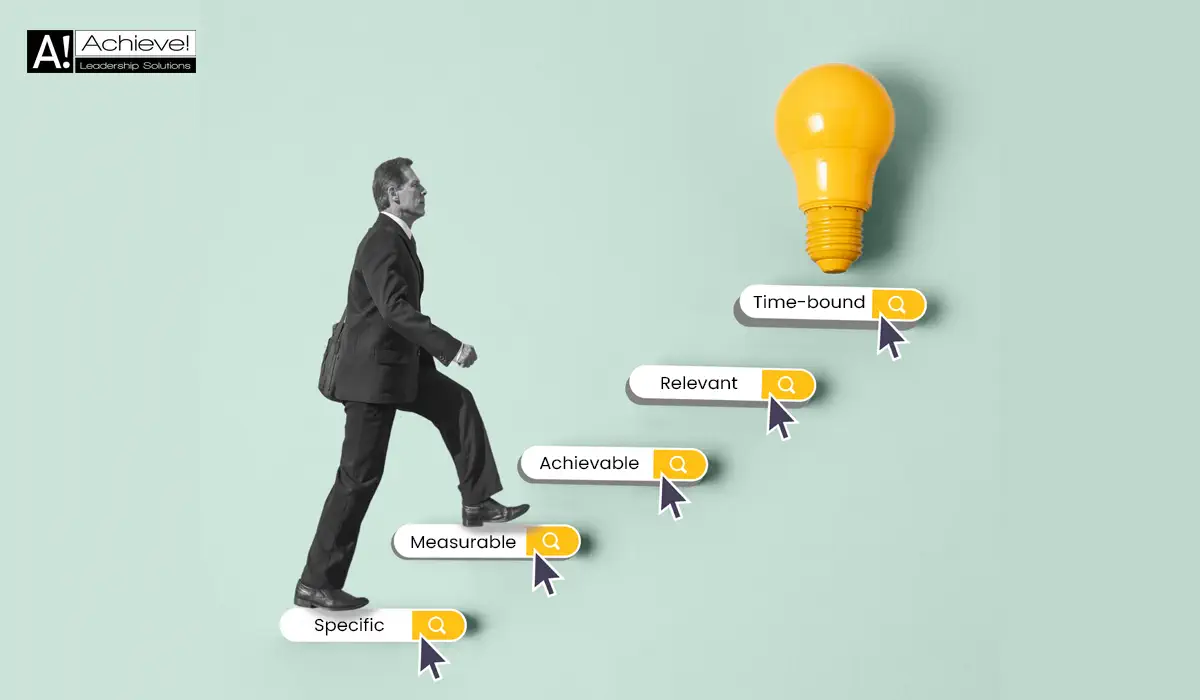Goals can be categorized in various ways to make it easy for us to manage them. Each of those categorizations has a different purpose and different benefits. For example, Leadership Management Inc (LMI) has the concept of Total Person ® that centers on goal setting in the following six vital areas:
- Family and Home
- Financial and Career
- Mental and Educational
- Physical and Health
- Social and Cultural
- Spiritual and Ethical

This is beneficial in ensuring that you don’t forget any important area of your life as you set goals.
Hierarchy of Goals
This article talks about looking at goals in a way that helps you achieve your longer-term, more critical goals while giving you the flexibility to work with short-term goals. If you haven’t already done so, this technique allows you to build a plan to reach your goals.
I am a big fan of Steven R. Covey’s 7 Habits of Highly Effective People. One simple and easily forgotten habit, number 2 in the book, is:
Begin with the end in mind
That is you will start.
Of all of your goals, pick the one that is your ultimate goal. For example, your goals may include going to the gym thrice a week, walking or running 10 miles a week, eating healthy. Your ultimate goal (unwritten in this case) is to stay healthy. I would argue that you should relate even that higher-level goals to a purpose, such as stay healthy to spend quality time with family, and be independent later in life.
In any case, the “end” is your ultimate goal. And then you work backward from it.

Working Backward
The goals mentioned above then become your next level of goals in the hierarchy. These goals become the stepping stones towards your end goal.
The question to ask yourself as you decide on these goals is: What will help me get to my end goal? In this case, staying in good shape, keeping weight in a healthy range, and eating healthy cover that second level of goals.
Sir John Whitmore in his book “Coaching for Performance” calls this second layer “Performance Goals.” I like that terminology because it highlights the fact that some ‘performance’ is needed to achieve these goals.
Defining Specific Tasks
The next step is to define exactly what needs to be done to achieve those performance goals. This is usually what you need to do on a daily and weekly basis. These are the most concrete action items that you see check off each day, or at most each week.
This level is where you have your best check to see if you are moving towards your end goal. End goal is far enough that you can assess on a daily basis if you are making any substantial move towards it. But you don’t have to do that either.
All you need to do is ensure you are doing your short term tasks, and trust that if you have defined your performance goals and tasks well, completing your tasks each day is moving your towards your end goal, even if you dont see the progress every day.
Here is how it looks like for our example end goal of staying healthy:

You can add more layers to this pyramid as you need. There is nothing magical about three. For really big goals, or when you feel like defining more detail, add more layers. I would caution though that adding too many layers, e.g. more than five may be counter productive.
You need to put some effort into thinking and planning each layer. As you add more layers, you may have to spend a lot of time and effort into defining each layer only to find out later that that level of detail doesn’t make much sense.
If your goal happens to start a new business, and you do want to put more detail, do so. Allow yourself some flexibility though. See section Flexibility below.
Why Hierarchy
There are two big benefits in developing this hierarchy of goals:
1. Breaks Down Goals Into Actions
The hierarchy breaks down your long-term goals into actions. A goal may seem too far out or too overwhelming for you to do anything about it each day. Just defining the detail, and getting to the task level will bring the goal within reach. You’ll find that a far-off goal appears not that far-flung once you have it down to the action level.
2. Flexibility
The biggest benefit of the hierarchy to me is that it allows you flexibility. What if you were not able to meet one of the three (or however many) performance goals? It’s easy to see from the hierarchy that it was only one of the many second-tier goals. Those second tier goals are important but they are not as important as the end goal. Depending on the end goal and how you’ve defined the performance goal, missing on goal may not mean you are off track completely.
In our ‘staying healthy’ example, if you were not able to run as much last year, that doesn’t mean you’ve failed meeting your goal. You just missed a second tier goal but you may still be well on track to meet the end goal.
There is another way of looking at the hierarchy. Your performance goals are paths to reach your end goal. If one path didn’t work for you for some reason, that’s okay. You can choose a different path, or change your path when one seems like the wrong choice. You defined it some time ago; you made a mistake then; now you are smarter, and you can redefine it in a better way that allows you to reach your end goal.
Summary
Defining your goals in a hierarchy helps turn them into actionable tasks. It also allows you see the importance of various goals, and change them when needed.
Acknowledgements
Some of the concepts discussed here are from Sir John Whitmore in his book “Coaching for Performance”
These concepts are in line with and inspired by Abraham Maslow’s “Hierarchy of Needs” (1943).
Two of my favorite authors Stephen Covey (“The 7 Habits of Highly Effective People,” 1989) and Peter Drucker (“The Effective Executive,” 1964) also highlight the importance of prioritizing goals and focusing on high-impact tasks, aligning with the concept of a goal hierarchy.
Also check out my blog on how to set goals, Wishes are Not Goals.
Disclaimer: I use ChatGPT, Bard, Claude and Bing to help me gather ideas and write. This article used help from the first three in the list.




